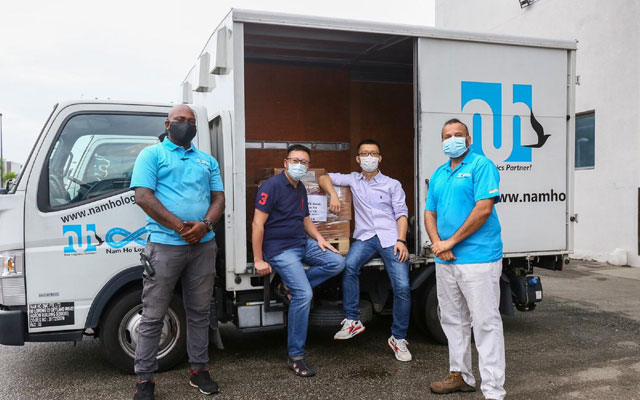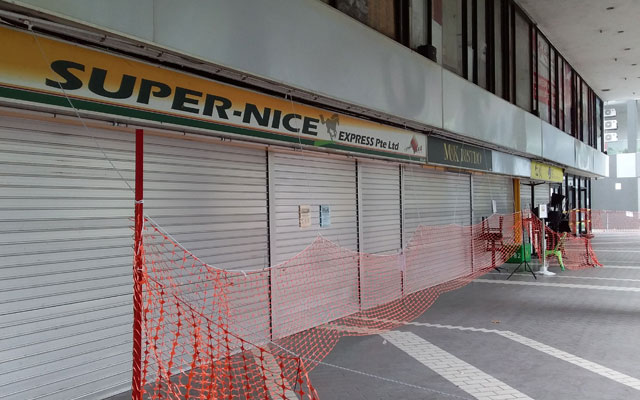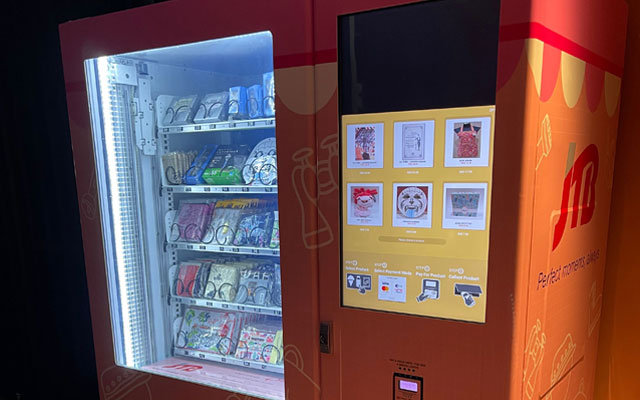Sixteen months into the pandemic, travel agents in Singapore have proven a resilient lot, adapting on the fly and making creative pivots to stay afloat.
• Government initiatives, including the SingapoRediscovers Vouchers scheme, have helped support local travel agents and spur domestic demand
• Some agencies have quickly pivoted to new business models to raise revenue during travel standstill
• Cruise sales are also helping to buoy agency revenues

The numbers don’t look too bad: Between February 2020 and end-May 2021, 137 travel agents (TAs) in Singapore ceased operations. However, only 38 TAs cited the pandemic, said the Singapore Tourism Board (STB). The rest gave other reasons such as change in business focus and/or retirement of the founder, especially smaller agencies. Annually, some 120 to 140 TAs exit voluntarily.
STB’s website lists 1,122 “active” travel agents, meaning they hold licenses. But many may be dormant, or downsized. Shuttered shopfronts in Beach Road and Chinatown suggest coach and regional tour operators and ticketing agencies are seriously affected.

Despite Covid-19 severely impacting all travel sectors, the National Association of Travel Agents Singapore (NATAS), which represents about a quarter of TAs, saw more than 80 per cent renewing their membership.
“We will not see strong signs of travel recovery in a while,” acknowledged NATAS president Steven Ler. “The next six to nine months will be crucial as any further delay in borders reopening will be detrimental. There’s no single set of travel standards or protocols, and this adds to the complexity of cross-border travel arrangements as restrictions are slowly eased.”
He advocated government and industry coming together to redefine travel and build a more sustainable and resilient industry. “NATAS is working on many fronts with government agencies to dovetail efforts to prepare the sector for recovery.”
The art of adaptation
The challenges posed by the pandemic have shown that continued adaptation is a key strategy for survival. Aided by government support, travel agents in Singapore have proven a resilient lot, adapting on the fly and evolving their product portfolios to suit local tastes.
Kenneth Lim, STB director, travel agents & tourist guides, said: “As a whole, our tourism industries have been resilient and adapted their business models and products. Travel agents must ensure they have the relevant skills to cater to the changing needs and preferences of consumers. To that end, STB has launched various initiatives to ensure that our tourism sector is ready for the future of travel.”
Indeed, TAs interviewed were grateful for the generous government wage subsidies and training grants, fee discounts and SingapoRediscovers Vouchers (SRV) for domestic tourism. To reduce costs, some relocated their offices; others released surplus staff for safe distancing ambassador duties.
Participating TAs commended the SRV scheme. Yvonne Low, executive director, The Traveller DMC, said the team drew upon their skill in catering to international tourists, scoured Singapore and launched Origin Journeys – enriching experiences for participants of all age groups.
She said: “The three most popular tours are True Blue Peranakan Experience, co-hosted with a Peranakan restaurant; Pulau Ubin including Chek Jawa; and Hainanese Heritage Tour which includes a food workshop, tea appreciation and Singapore Sling at Raffles Hotel. Food-related tours are more about the culture: interacting with restaurant-owners who share openly about their culture, community and love for the particular cuisine.”
Marshall Ooi, director, Nam Ho Travel, said: “Singaporeans are now exploring remote places such as Pulau Ubin and Kranji and enjoying novelties like a Singapore River cruise with scrumptious seafood dinner. The experience is key, their discovery and enjoyment facilitated through interactive storytelling.”
Tour East Singapore has also adapted tourist itineraries to suit local customers. Non-citizens don’t enjoy SRV subsidies, so they book on Eventbrite. General manager Dominic Ong said: “We have about 120 customers monthly, with a minimum of two to go. Among our eight tours – mostly walking itineraries – the Colonial Charm theme is most popular as participants can appreciate the civic district from a different perspective.”
On criticism that SRV tours are expensive, operators said they are actually “high cost, low margin”. Due to safe management measures, groups are kept small. Costs include tourist guide fees, transport and commission to the booking platform (typically 20 per cent). Moreover, meals are not standard fare but customised menus.
Betel Box Tours continued its walking and food tours without joining the SRV scheme, promoting its Katong, Geylang and Chinatown staples on the firm’s website. When food tours were suspended during the latest five-week curb on dining out, virtual events provided an opportunity.
Owner-director Tony Tan said: “We conducted an educational tour of the URA City Gallery for about 50 students of an Australian university by teaming up with National University of Singapore and Urban Redevelopment Authority. Partnership is important and we’ll be developing more virtual options.” He admitted technical challenges as outdoor and indoor tour conditions are different. Guides also must be good at telling stories and handling equipment in live tours.
Creative pandemic pivots
For Nam Ho DMC, creative thinking extended beyond routine activities. Pre-pandemic, it relied heavily on the Indian market. With that dormant, it deployed its fleet of vehicles by developing a full-fledged logistics business with its own warehouse. It also launched an online B2B marketplace for non-travel products and another for local consumers to buy food items from South-east Asia and China.
Co-founder and director, Mahesh Pawanaskar, said: “Due to the pandemic, our travel business shut down but what came to our rescue is the most valued asset – our people. The biggest learning point is that it is not just about survival of the fittest, but also survival of the most agile and adaptable.”
Similarly, without Japanese inbound and outbound business, JTB Singapore developed side-lines, including a self-service vending machine to dispense Singapore souvenirs at Connect@Changi since foreign visitors can’t venture outside the facility. Raffles Hotel merchandise is also stocked. Selling Japanese spa amenities, confectionery and sake on e-commerce platforms will begin soon.

Cruise sales also helped to keep TAs afloat. “We have good take-up of the two- and three-night cruises to nowhere (operated by Dream Cruises and Royal Caribbean),” said Chung Kek Yoong, chief executive, Pacific Arena. “There is a lot of pent-up demand for leisure trips and also to reunite families. This segment will probably drive travel when borders gradually reopen.”
Citing the raft of measures to ensure travel can resume safely, he added: “Granted there will be many hurdles ahead, but travel is simply too crucial to the economic well-being of many countries.”
STB’s Lim affirmed: “We will work closely with travel agents and tour operators to provide mentorship and consultancy support, drive partnerships, support product development and facilitate relevant regulatory approvals to address gaps in Singapore’s tour landscape, while developing future-ready tours that can continue to draw both local and international visitors.”




















